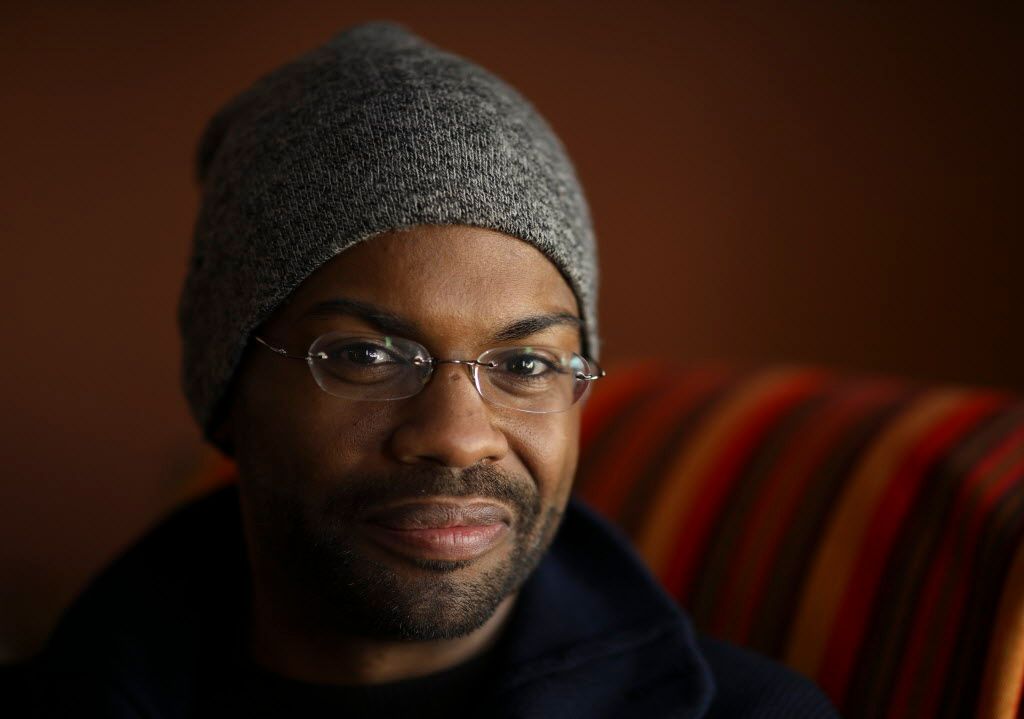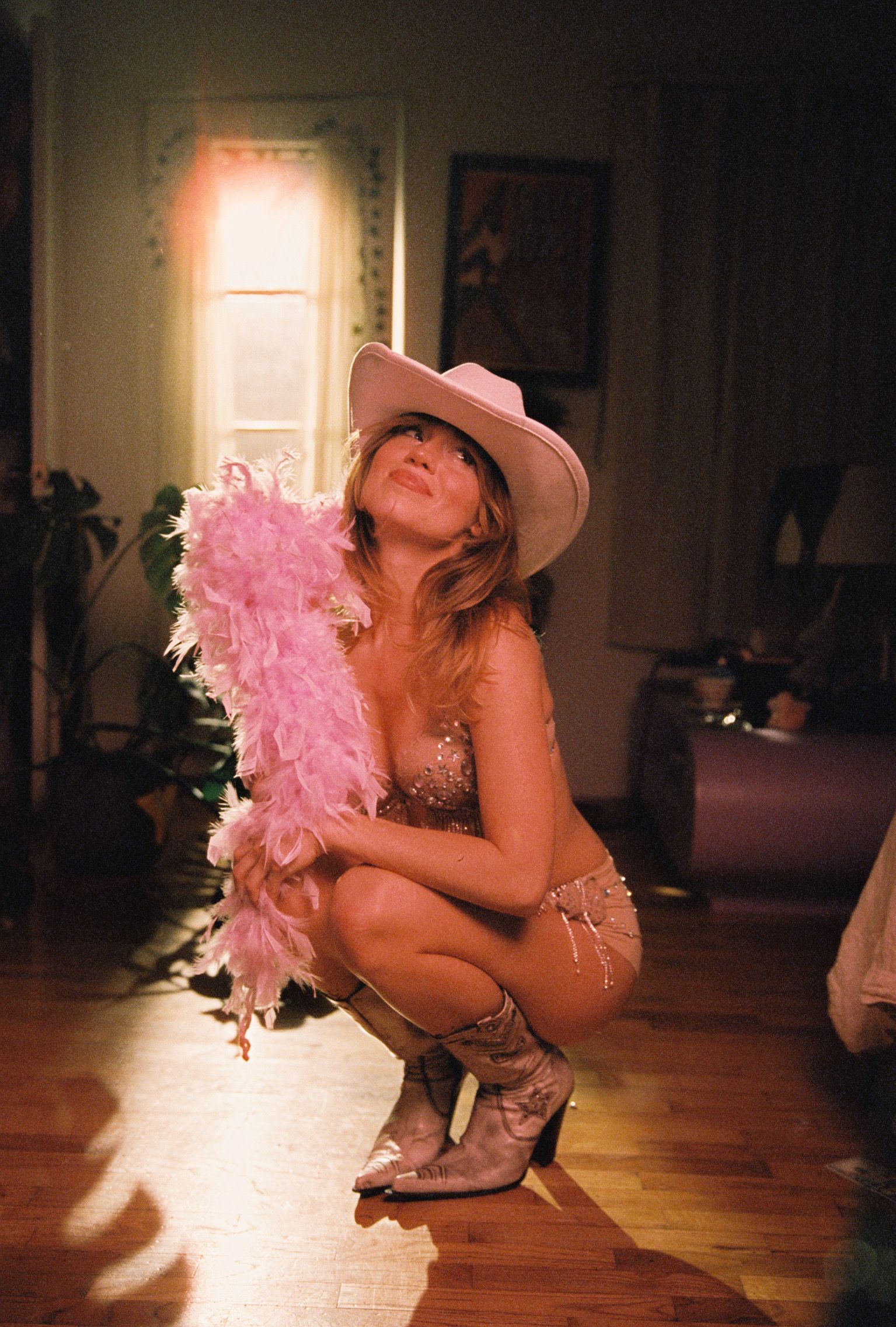In the glamorous and fast-paced world of fashion and culture, working at a leading magazine is a dream for many. It offers the opportunity to influence trends, engage with creative minds, and be at the forefront of cultural conversations. However, breaking into this competitive industry requires more than just a passion for fashion. Here’s a comprehensive guide on securing a career at a top-tier fashion and culture magazine.
1. Educational Background
Journalism and Communication
A degree in journalism, communications, or media studies is often a prerequisite. These programs teach the fundamentals of writing, editing, and media ethics. Courses in digital media, photojournalism, and investigative reporting can be particularly beneficial.
Fashion and Design
For roles specifically related to fashion editing or styling, a degree in fashion design, merchandising, or fashion marketing can be advantageous. These programs provide an in-depth understanding of fashion history, textiles, and trend forecasting.
Cultural Studies
Degrees in cultural studies, sociology, or anthropology can also be valuable, especially for roles that require a deep understanding of cultural trends and societal issues.
2. Relevant Experience
Internships
Internships are crucial in this industry. They provide hands-on experience and help build a network of contacts. Many leading magazines offer internship programs that allow aspiring professionals to learn from established editors, writers, and designers.
Freelance Work
Building a portfolio through freelance work is another effective way to gain experience. Writing articles, creating photo essays, or styling fashion shoots for smaller publications or online platforms can showcase your skills and versatility.
Personal Projects
Starting a blog, a YouTube channel, or an Instagram account focused on fashion and culture can also be a great way to demonstrate your passion and creativity. Consistent, high-quality content can attract the attention of magazine editors.
3. Key Skills
Writing and Editing
Strong writing and editing skills are essential. This includes the ability to write clear, engaging, and error-free content. Understanding different writing styles and the ability to adapt to the magazine’s voice is also important.
Visual Literacy
An eye for design and aesthetics is crucial. This includes understanding color theory, layout design, and photography. Many leading magazines expect their staff to have a keen sense of visual storytelling.
Research and Analytical Skills
The ability to conduct thorough research and analyze trends is vital. This involves staying updated on current fashion and cultural trends, understanding their historical context, and predicting future movements.
Networking
Building and maintaining professional relationships is key. This includes networking with designers, photographers, PR agencies, and other industry professionals. Attending fashion shows, cultural events, and industry conferences can help expand your network.
4. Roles and Responsibilities
Editors
Editors oversee the content creation process. This includes assigning stories, editing articles, and ensuring that the magazine’s tone and style are consistent. They work closely with writers, designers, and photographers to create compelling content.
Writers and Journalists
Writers and journalists research, write, and report on various topics related to fashion and culture. They may cover fashion shows, interview designers, and write features on cultural trends.
Stylists
Stylists work on photo shoots, selecting clothing, accessories, and props to create the desired look. They collaborate with photographers, makeup artists, and models to bring editorial visions to life.
Photographers
Photographers capture images for the magazine. This includes fashion shoots, event coverage, and portrait photography. They need to have technical skills and a strong artistic vision.
Designers
Designers create the visual layout of the magazine. This includes designing pages, selecting fonts, and arranging images and text to create an appealing and cohesive look.
5. Industry Insights
Staying Updated
The fashion and culture industry is constantly evolving. Professionals need to stay updated on the latest trends, emerging designers, and cultural shifts. Subscribing to industry publications, attending events, and following influential figures on social media can help.
Adaptability
Adaptability is key in this fast-paced industry. This includes being open to new ideas, technologies, and ways of working. The ability to quickly adapt to changing trends and editorial directions is highly valued.
Innovation
Leading magazines often set trends rather than follow them. Being innovative and bringing fresh ideas to the table can set you apart from the competition. This includes experimenting with new formats, styles, and storytelling techniques.
6. Challenges and Rewards
Challenges
- Competition: The industry is highly competitive, with many talented individuals vying for a limited number of positions.
- Pressure: Working at a leading magazine can be demanding, with tight deadlines and high expectations.
- Stability: The media industry can be volatile, with frequent changes in staffing and ownership.
Rewards
- Influence: Working at a leading magazine allows you to shape trends and influence cultural conversations.
- Creativity: The job provides ample opportunities for creative expression and collaboration.
- Networking: The role offers the chance to build relationships with influential figures in the fashion and culture industries.
Conclusion
Securing a career at a leading fashion and culture magazine requires a combination of education, experience, and skills. It’s a challenging yet rewarding path that offers the opportunity to be at the cutting edge of fashion and cultural trends. By building a strong portfolio, gaining relevant experience, and staying adaptable, you can increase your chances of success in this dynamic industry.





